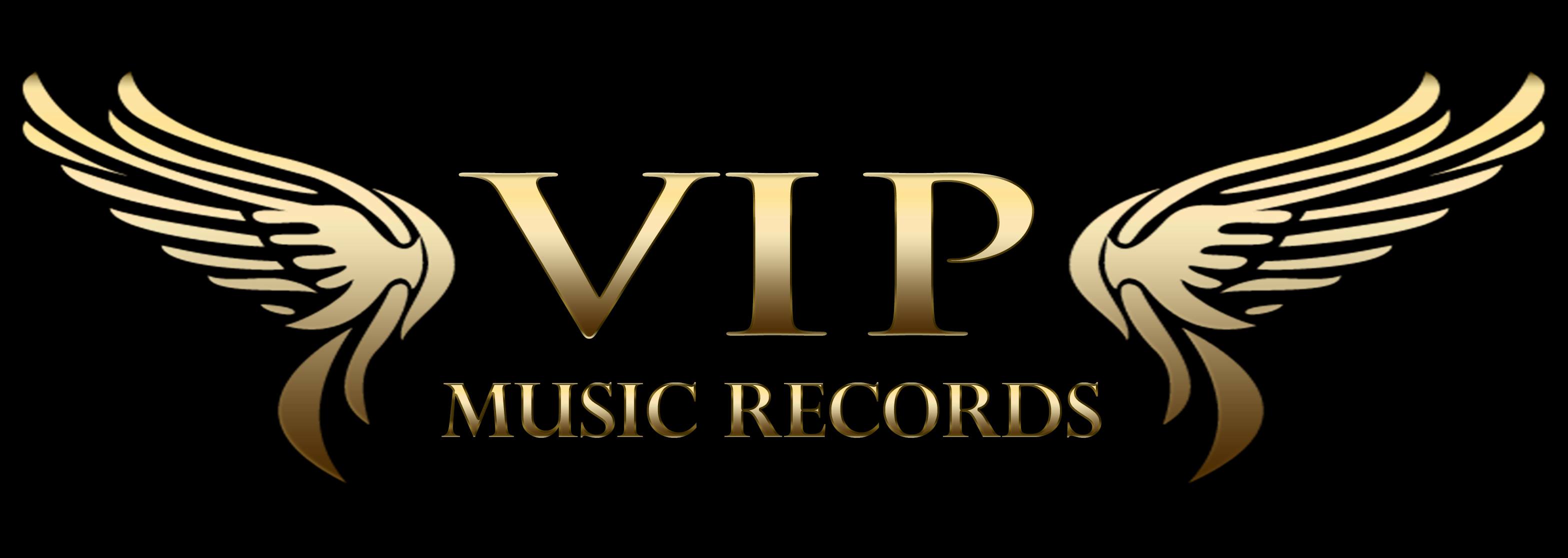Step into the boundless realm of music, where melodies dance through the airwaves and engage our senses, effortlessly transcending boundaries. In this ever-evolving digital age, the landscape of music has undergone a revolution of sorts; yet, the harmony between creators and users rests upon a delicate balance. Navigating the intricate and often convoluted world of music licensing has become an indispensable task for artists, businesses, and enthusiasts alike. As technology continues to shape our consumption habits, this article ventures to illuminate the labyrinthine path through which music licensing traverses, without bias or preconceived notions. So, grab your metaphorical compass and embark on an enlightening journey, as we unravel the mysteries of music licensing in the digital era.
Understanding the Complexities of Music Licensing in the Digital Age
In the digital age, music licensing has become a complex landscape that both artists and consumers must navigate. With the rise of streaming platforms, social media, and online content creation, the rules and regulations surrounding music licensing have evolved to accommodate these new mediums. As a result, it’s essential to have a comprehensive understanding of the complexities involved.
One of the key challenges in music licensing today is determining the appropriate rights needed for different types of digital use. This includes streaming services, podcasts, online advertisements, and even user-generated content. Licenses must cover not only the composition and lyrics but also the sound recording. Understanding the various types of licenses available, such as mechanical, synchronization, and performance rights, is crucial for both artists and content creators.
- Music Licensing vs. Copyright: While copyright protects the original work itself, music licensing specifically grants permission to use copyrighted music in certain ways and under specific circumstances.
- Clearances and Royalties: Obtaining the necessary clearances and paying royalties to the appropriate rights holders are essential steps in using music legally. This involves identifying the relevant parties, negotiating fees, and ensuring compliance with licensing agreements.
- The Role of Music Publishers and Performing Rights Organizations: Music publishers help administer and manage the rights to musical compositions. Performing Rights Organizations (PROs), on the other hand, collect and distribute royalties on behalf of songwriters and composers when their works are performed.
As the digital landscape continues to evolve, staying informed about the complexities of music licensing is crucial. It not only protects the rights of artists but also ensures that consumers can enjoy music in a legal and fair manner. By understanding the ins and outs of licensing in the digital age, we can foster a sustainable and thriving music industry for all stakeholders involved.

Exploring Royalty Collection Platforms and Services
Discover the world of Royalty Collection Platforms
Are you an artist itching to make a living from your creativity? Look no further! Dive into the captivating realm of royalty collection platforms and unleash the power of your talent. These innovative platforms are designed to revolutionize the way artists earn from their creations. Here’s a sneak peek into the extraordinary services offered:
1. Global Reach
With royalty collection platforms, you can amplify your reach beyond borders! Expand your fan base internationally and ensure that your artistic endeavors are appreciated worldwide. These platforms provide a seamless experience, allowing your music, art, or literary works to transcend cultural barriers.
2. Streamlined Administration
Say goodbye to administrative headaches! Royalty collection platforms diligently handle administrative tasks for you. From copyright registrations and licensing agreements to royalty tracking and payment processing, they have it all covered. This lets you focus on what truly matters – creating and sharing your masterpieces with the world.

Navigating Copyright Issues and the Importance of Clearances
When it comes to creating content in today’s digital landscape, navigating copyright issues and obtaining clearances are essential steps that cannot be overlooked. Understanding the importance of these processes is crucial to ensure that your work remains protected and that you don’t infringe on the rights of others.
One of the key reasons why addressing copyright matters is crucial is because it safeguards your intellectual property. By obtaining the necessary rights and permissions, you can establish yourself as the rightful owner of your creative work, whether it’s a piece of writing, a photograph, or a piece of music. This protection grants you exclusive control over how your work is used and distributed, allowing you to make informed decisions about licensing, reproduction, and monetization.
Additionally, obtaining clearances is equally vital as it ensures that you have permission to use any copyrighted material created by others. Clearances help you avoid legal troubles and potential lawsuits, allowing you to use third-party content responsibly and avoid violating any intellectual property rights. By seeking appropriate clearances, you demonstrate respect for the work of others and promote ethical practices in the creative industry.
It’s important to note that while utilizing unoriginal material might be tempting, it’s crucial to always prioritize obtaining the necessary permissions and licenses. By doing so, you not only protect yourself legally, but you also contribute to fostering a culture of respect and fairness within the creative community.

Strategizing Music Licensing for Digital Platforms: Key Considerations
When it comes to music licensing for digital platforms, there are several key considerations that can make or break an artist’s success. With the rapid growth of streaming services and online platforms, it has become crucial for musicians and creators to navigate this complex landscape strategically. Here are some important factors to keep in mind:
- Understanding licensing agreements: Before diving into the world of digital platforms, artists must have a clear understanding of licensing agreements. Different platforms have various licensing models, including mechanical, synchronization, and performance rights. Artists should familiarize themselves with these agreements to protect their intellectual property and negotiate fair compensation.
- Researching target audience and platform: Every digital platform caters to a specific audience, and artists must identify the platforms that align best with their music genre and target market. Researching the platforms‘ user demographics, features, and reach will help artists narrow down their options and focus their licensing efforts on platforms that can maximize exposure and revenue potential.
- Crafting a streaming strategy: Developing a comprehensive streaming strategy is essential in today’s digital world. Artists need to consider playlist placements, curated content arrangements, and playlist submission guidelines to increase their chances of getting discovered and streamed. Collaborating with platform-specific curators and leveraging social media can also be effective in gaining attention and building a loyal fan base.
By carefully considering these factors and taking a strategic approach to music licensing, artists can optimize their presence on digital platforms and unlock new opportunities for success. It’s vital to stay updated on industry trends, remain adaptable, and continuously evaluate and adjust strategies to maximize the potential benefits of music licensing in the ever-evolving digital landscape.
To Wrap It Up
As the final notes of this exploration through the intricate maze of music licensing in the digital age fade away, we find ourselves humbled and enlightened. In this era of endless possibilities and boundless creativity, the seemingly simple act of sharing music has become a labyrinthine endeavor, forcing artists and enthusiasts alike to navigate a convoluted landscape.
Today, as technology seamlessly connects music creators with their global audience, it also presents an abundance of challenges, twists, and turns. But fear not, weary traveler, for within the vast realm of digitized melodies lies a glimmer of hope—a path leading towards a harmonious coexistence between art and commerce.
As we’ve ventured through the depths of intellectual property, copyright laws, and licensing agreements, we’ve come to understand that the digital age has given birth to both exhilarating opportunities and unforeseen complexity. The power to disseminate one’s music across continents with a click is a marvel previously unimaginable, yet it demands an understanding of the intricate web of rights and permissions that underpin this modern music ecosystem.
For artists, navigating this labyrinth requires a delicate balance between safeguarding their intellectual property and harnessing the reach of digital platforms. Creativity must intertwine with diligence, as the pursuit of one’s artistic vision must be accompanied by awareness of the legal tapestry that seeks to protect it.
At the heart of this labyrinth lies a fundamental question: How can artists, platforms, and listeners harmoniously coexist in the digital market? The answer may not be simple, but it lies in the collective effort of musicians, technology innovators, and lawmakers to find a common ground that fosters both artistic expression and fair compensation.
Fortunately, a growing movement toward transparency and streamlined licensing processes is beginning to crystalize. Initiatives such as digital rights management platforms, blockchain-powered solutions, and collective management organizations are paving the way for a future where music can be shared seamlessly, while copyright holders are properly acknowledged and remunerated.
In this digital age, all stakeholders—artists, platforms, listeners, and policymakers—must join hands and work collaboratively to forge a way forward, one that ensures the sustainability and prosperity of the music industry. By cultivating an environment of mutual respect and understanding, we can dismantle the complexity of music licensing, transforming it into an empowering tool rather than a daunting challenge.
As we bid adieu to this expedition, we implore you, dear reader, to approach music licensing in the digital age with an open mind and an ardent spirit. Embrace the possibilities, while advocating for a fair and balanced ecosystem that uplifts the voices of creators and respects their invaluable contributions. Together, let us harmonize the symphony of music and technology, forging a path that reverberates with creativity, innovation, and an unwavering commitment to the artists who breathe life into our world.

